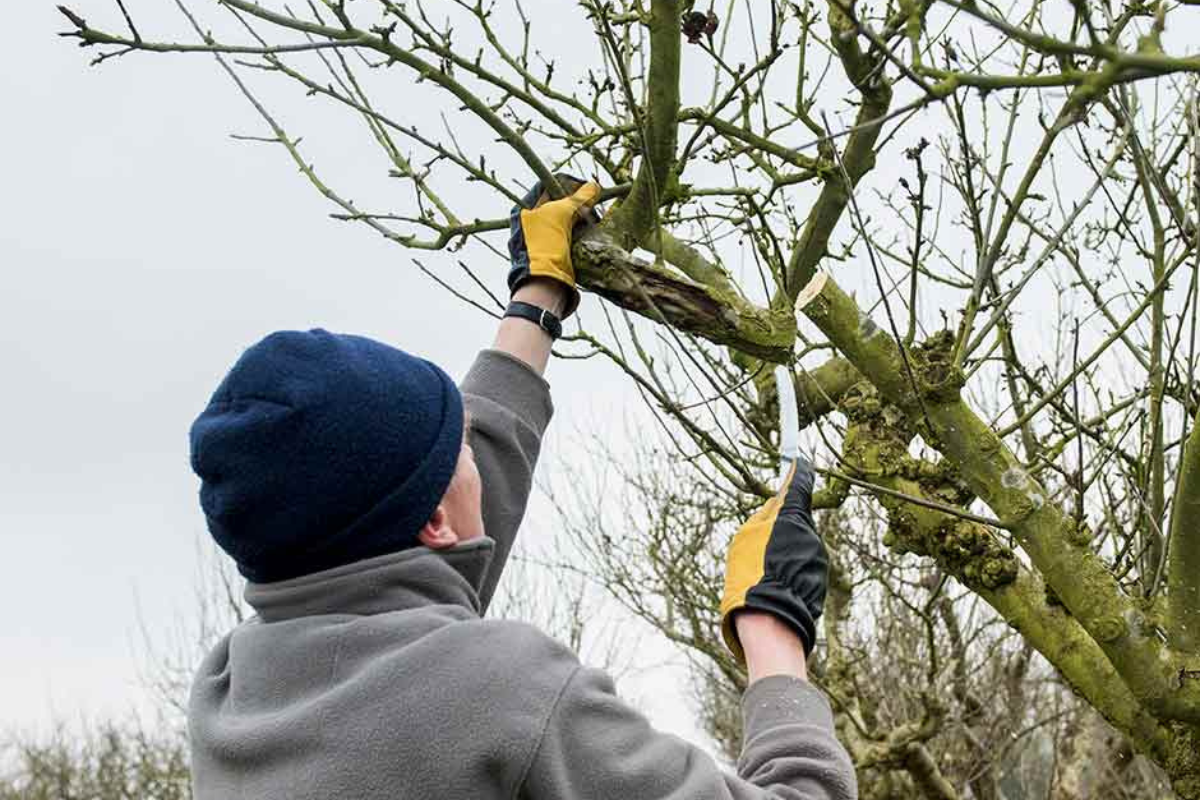Pruning is a vital practice for maintaining healthy plum trees and ensuring a fruitful harvest. Regular pruning allows sunlight and air to penetrate the tree, reducing the risk of diseases and improving fruit quality. Here’s how to prune your plum tree effectively:
- When to Prune: The best time to prune plum trees is during late summer or early autumn after the harvest. Pruning in this period helps prevent infections like silver leaf disease, which can occur during wetter, colder months.
- Remove Deadwood: Begin by cutting away any dead, diseased, or damaged branches. This keeps the tree healthy and directs its energy toward productive growth.
- Thin the Canopy: Overcrowded branches block sunlight and airflow, which are essential for fruit development. Thin out these branches, focusing on areas where crossing or rubbing occurs.
- Shape the Tree: Aim to create a vase-like shape with an open center. This encourages sunlight to reach all parts of the tree and makes harvesting easier.
- Encourage Fruiting: Trim back new growth to channel the tree’s energy into fruit production. Focus on pruning the sides rather than the top to maintain a manageable height.
- Tools and Techniques: Use sharp, clean pruning shears or saws to make clean cuts. Apply pruning sealant if the cuts are large, especially in damp climates, to prevent disease.
